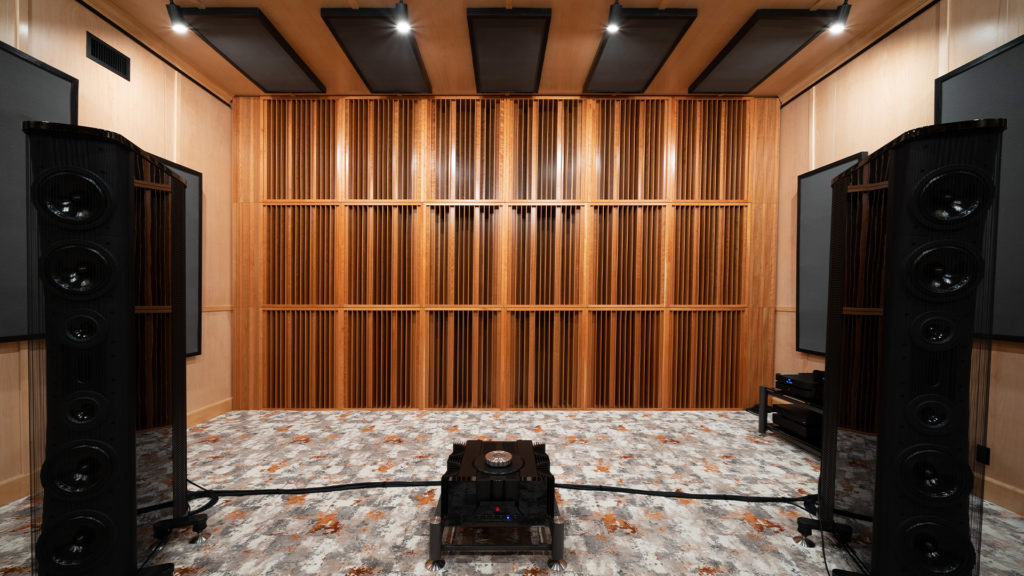
The term acoustic diffuser panels can have many meanings depending on who is telling the story and for what reason. Most products today in the marketplace are not true diffusers. They can not be based upon their design and materials that they are made of. A good example of this is companies that call a diffuser. Foam is a middle and high frequency sound absorption technology.
You must have a sonic strategy
Companies use names to confuse the unaware. The term acoustic diffuser panels should be used to describe a true diffusion tool. We do not want to label a product as a diffuser unless it actually does diffuse energy. The term diffuser is used along with the word acoustic to try and sell products that will not work for most applications. The best approach to any small room acoustical issue is to have a sonic strategy.
Read more about our Room Resolution Packages here.
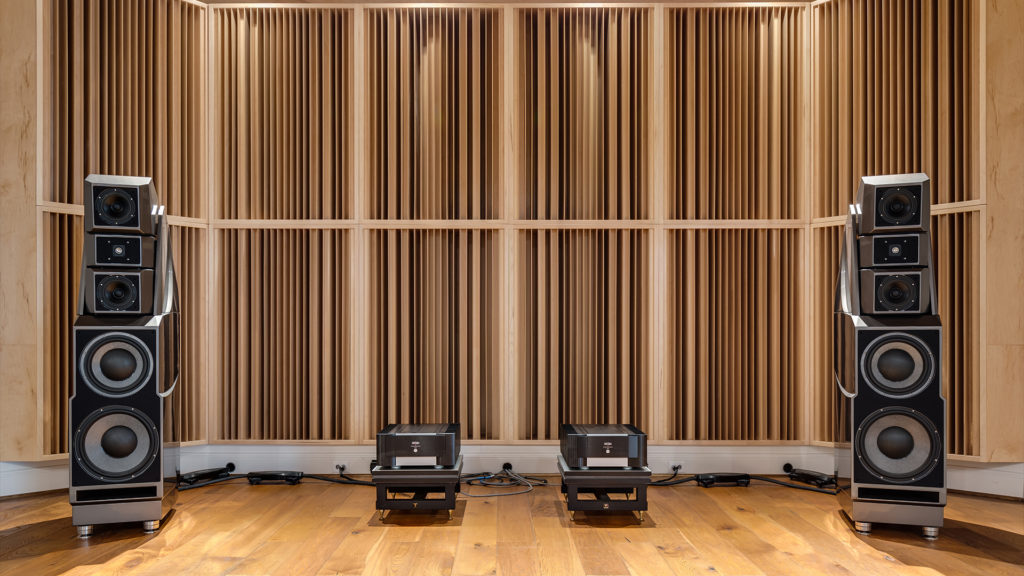
Diffusion and Absorption: What’s the difference?
The term acoustic diffuser panels is just a tactic that one will use towards achieving a room that has a balanced frequency response. We have two main types of acoustical treatment that we can use as tactics. We have absorption and diffusion. Absorption reduces the strength of low frequency pressure issues. Diffusion minimizes the impact of reflections from our walls and ceiling. In any small room, we have two main issues with two main treatment types.
Proper amount and position of acoustic treatment
We have low frequency pressure issues from low frequency energy that does not fit within the dimensions of the room. We have reflections from the four walls and ceilings. Both of these issues, pressure and reflections must be assigned the correct type of treatment along with the proper amount of treatment and then both the type and amount of treatment must be positioned correctly on the appropriate surface area.
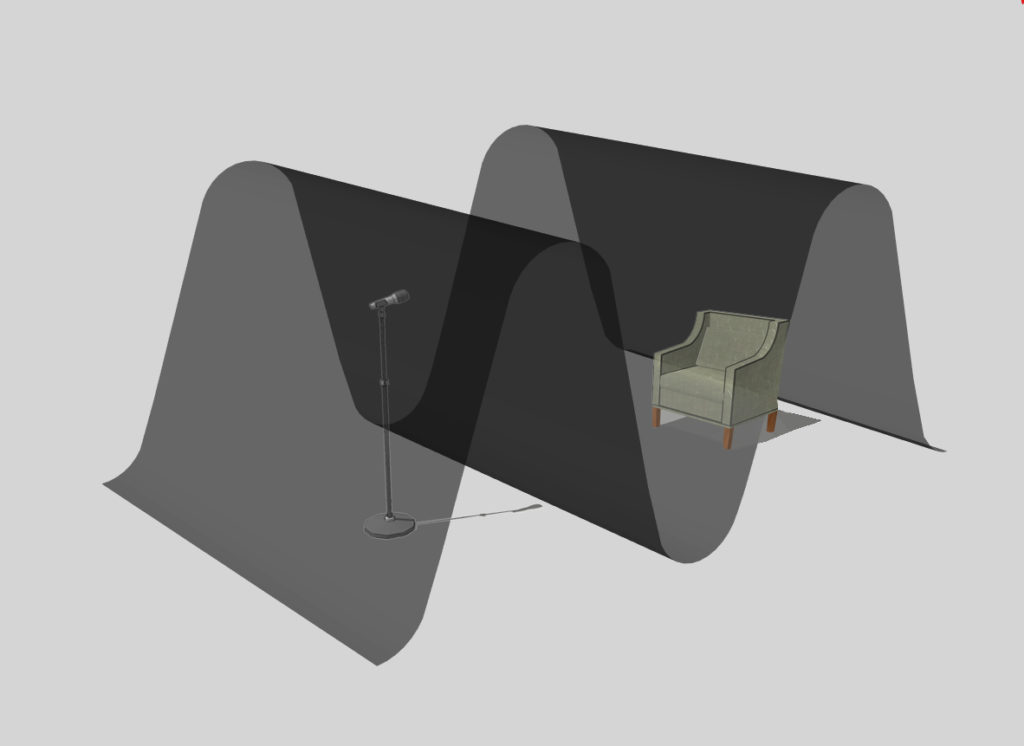
Deal with low frequency issues first!
In any small room our first strategy must be to manage low frequency pressure issues. Low frequency fundamental pressure blurs and smears our music by exaggerating or completely eliminating certain parts of our music and voice. Low frequency pressure issues are termed room modes. Our goal in any small room where music and voice is used is to minimize the impact of low frequency room modes.
What are room modes?
Room modes are produced when the length of low frequency energy does not fit within the given room dimensions. When low frequency energy does not fit, it causes the air between the walls to vibrate. This air excitation produces distortion that can cause us to hear too much of a particular sound or none at all. The goal in any small room critical listening environment is to have a balanced frequency response of all low, middle, and high frequencies.
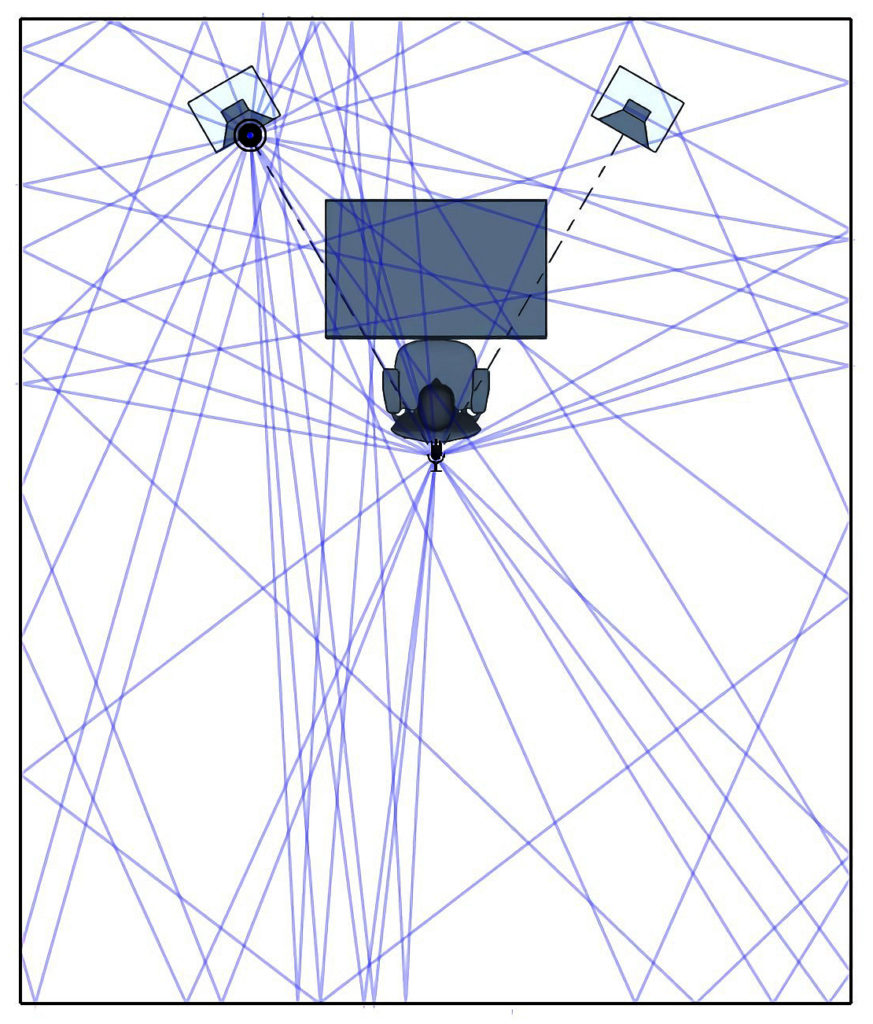
Reflections: What you need to know
Reflections from our walls and ceiling are a form of distortion. In our small rooms we have two main types of middle and high frequency energy. We have the direct or straight line energy from our speakers. This is the energy that emanates from our speakers that travels the shortest distance to our ears. This will be the purest of all sound since it contains less room sound since it travels in a straight line from the source to the receiver. Once the energy leaves the speaker or source, it travels in a straight line to our ears but it also travels to the walls and ceiling.
Reverberation definition
Once it strikes the room boundary surfaces it is reflected back to our listening position. When this occurs, we have distortion when the reflected energy crosses the direct energy. Reflected energy from our room boundary surfaces is termed room sound. Another term for room sound is reverberation. Reverberation is defined as how long a sound stays around within the room after it has been sung, spoken, or played. Reverberation has a negative impact on speech intelligibility. Speech intelligibility is defined as how many words one can hear and understand in a 10 word sentence.
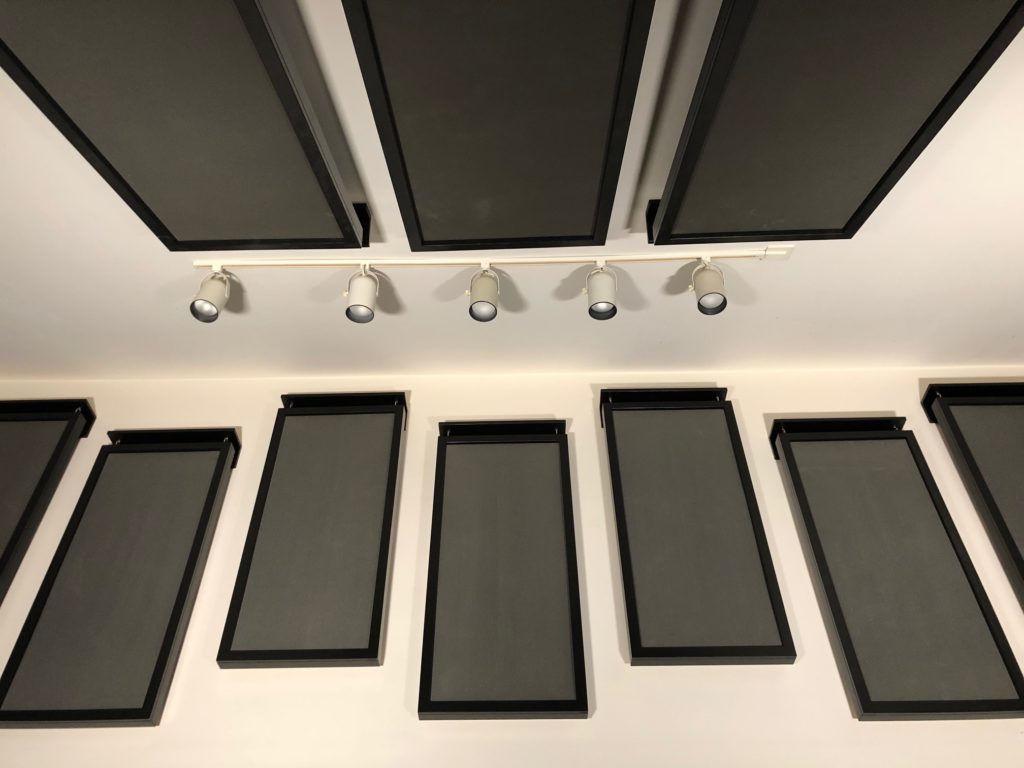
To manage both reflections and low frequency pressure issues, we must use either sound absorption technology or sound diffusion technology. Low frequency pressure must be managed through absorption. Middle and high frequency reflections can be managed using either absorption or diffusion. Low frequency pressure needs to be managed by a low frequency sound absorbing technology.
There are three main types. We have diaphragmatic, membrane, and Helmholtz. All three of these are sound pressure based technologies. Diaphragmatic is the most powerful of the three. At Acoustic Fields we use diaphragmatic. To manage middle and high frequency energy we can use sound absorbing foam or acoustic diffuser panels. What to use where will be determined by the room size and usage.


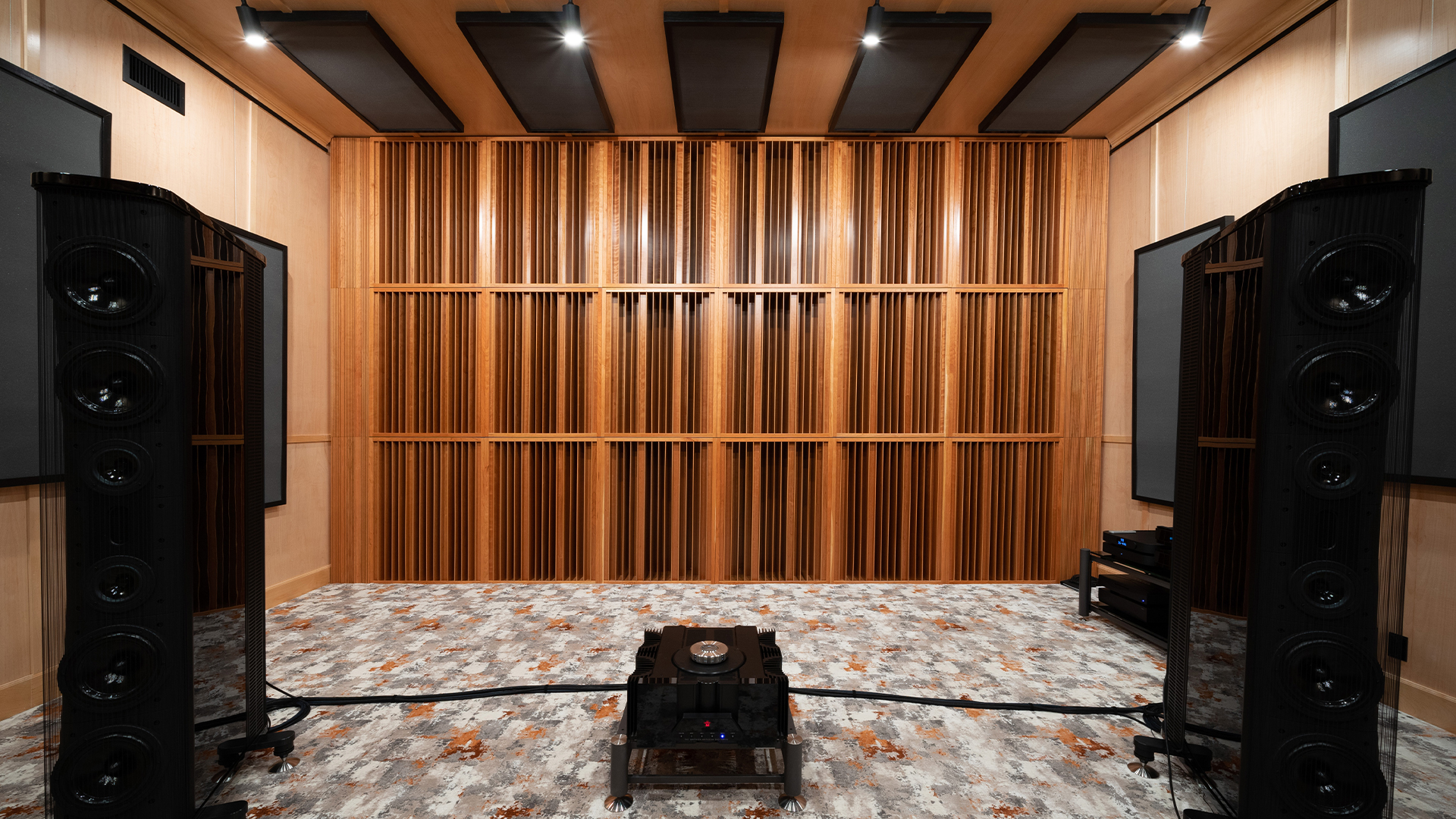





Hello,
I have a project studio in Toronto, Canada. I was wondering if i could hire you to consult via zoom for my room. I have 11 foot ceilings in a 700 sqft 2 car garage. There’s a sound booth, carpets throughout , drums on a riser, a litany of gear but mainly looking to take the next step and bring some new life to the room. Please let me know your thoughts. Thank you
Contact us at info@acousticfields.com.